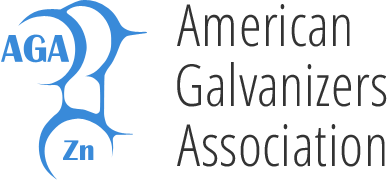Are Dross and Ash Considered Hazardous?
Is dross and ash considered hazardous?
In our industry, the terminology of dross and skimmings is not to be used anymore. Dross will be known as Hot-Dip Galvanizers Bottom Dross. Skimmings will be known as Hot-Dip Galvanizers Wet Skimmings and Hot-Dip Galvanizers Dry Skimmings. The change in nomenclature is to prevent any misunderstandings between galvanizing dross and skimmings and zinc dross and zinc skimmings. According to the Emergency Response Guidebook (orange book), zinc dross and zinc skimmings are considered hazardous due to being a dangerous when wet material.
Dangerous when wet (Division 4.3) means that a material that comes into contact with water is liable to become spontaneously flammable or give off flammable or toxic gas at a rate greater than 1 liter per kilogram of the material per hour.
The DOT Hazardous Material Regulations, HM-181, discuss whether a material is hazardous. To answer your question, Hot-Dip Galvanizers Bottom Dross is not considered hazardous. Hot-Dip Galvanizers Dry and Wet Skimmings would also not be considered hazardous if the material passes the hazardous when wet test. This is a series of tests that exposes sample material to varying degrees of moisture and the reaction or gas evolution is observed and measured. Wetted materials that do not spontaneously ignite or release more than 1 liter of flammable or toxic gas per hour per kilogram of material are not considered Dangerous When Wet.
A galvanizer can perform this test and self-certify the results or the test can be done by a third party laboratory. To date, Hot-Dip Galvanizers Dry Skimmings seem to be okay, but Hot Dip Galvanizers Wet Skimmings usually fails the test. If they do not pass the test, Hot-Dip Galvanizers Wet Skimmings must be shipped in approved containers and have shipping papers labeled "Dangerous When Wet, Hazard Class 4.3, UN 1435.
© 2025 American Galvanizers Association. The material provided herein has been developed to provide accurate and authoritative information about after-fabrication hot-dip galvanized steel. This material provides general information only and is not intended as a substitute for competent professional examination and verification as to suitability and applicability. The information provided herein is not intended as a representation or warranty on the part of the AGA. Anyone making use of this information assumes all liability arising from such use.

